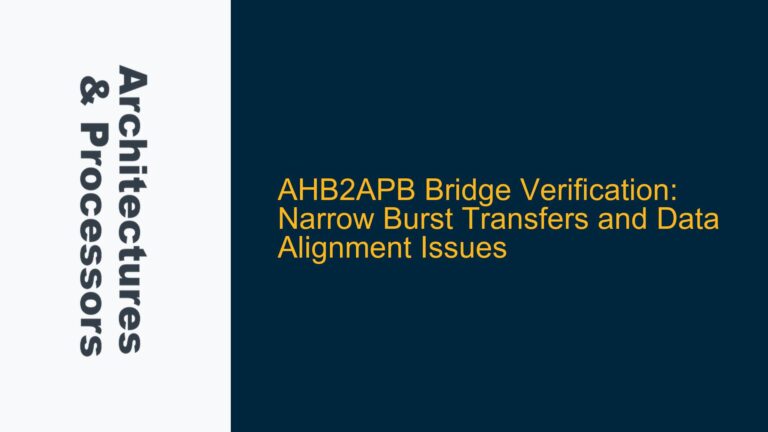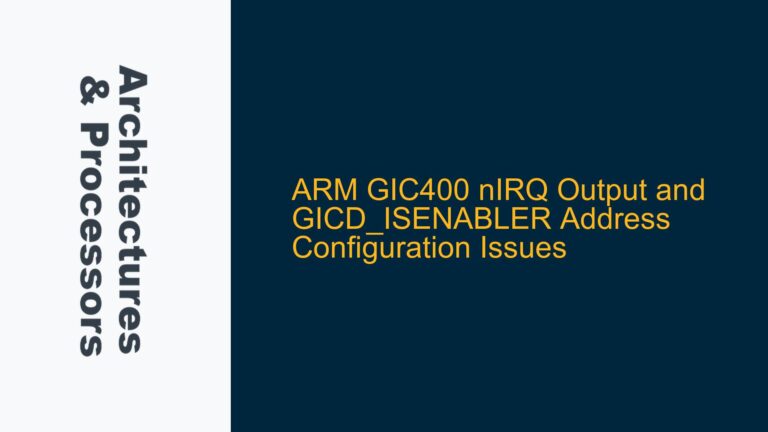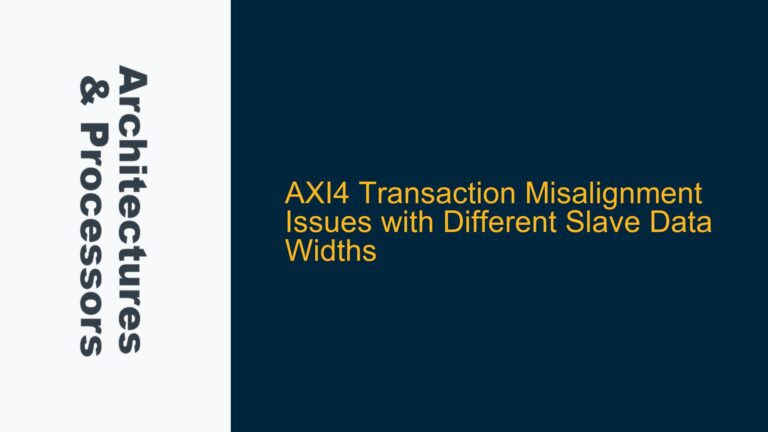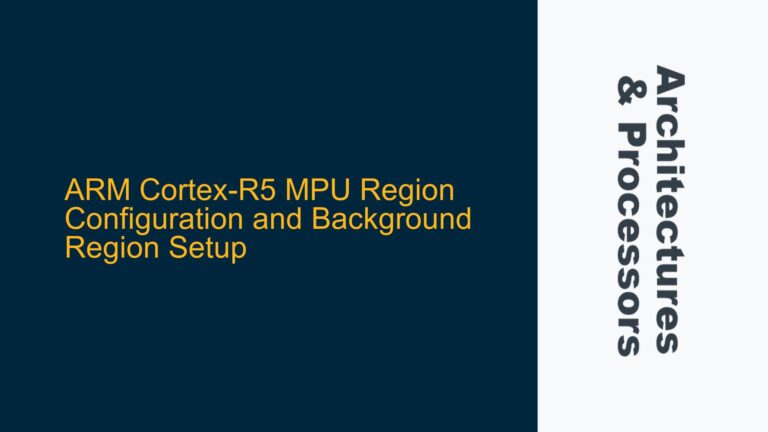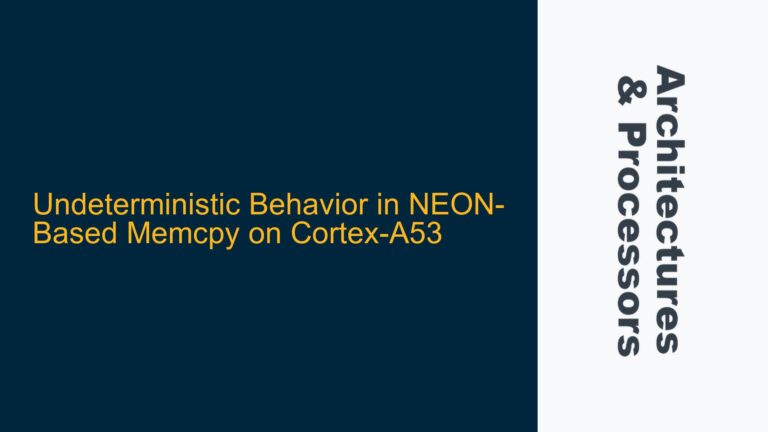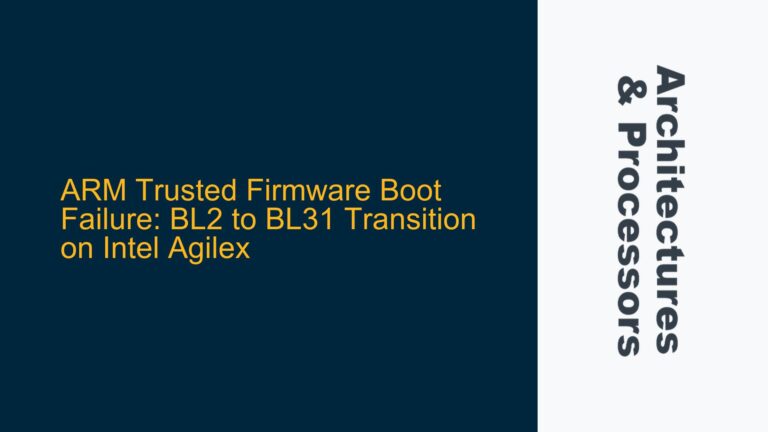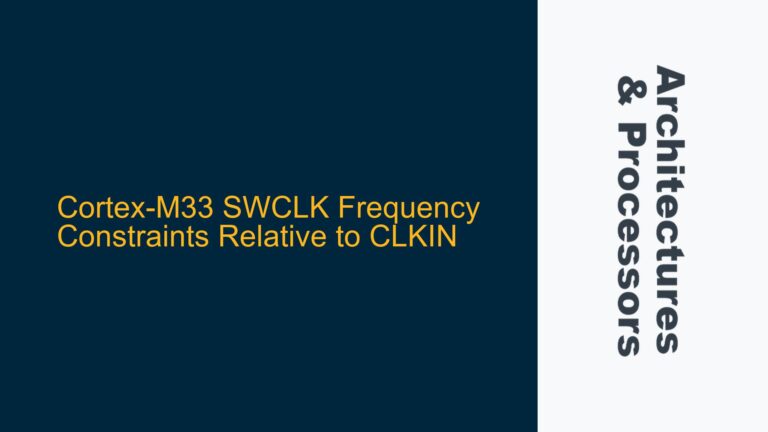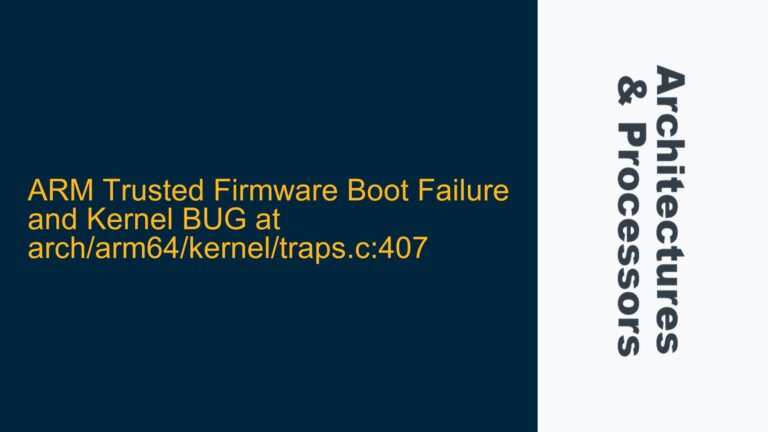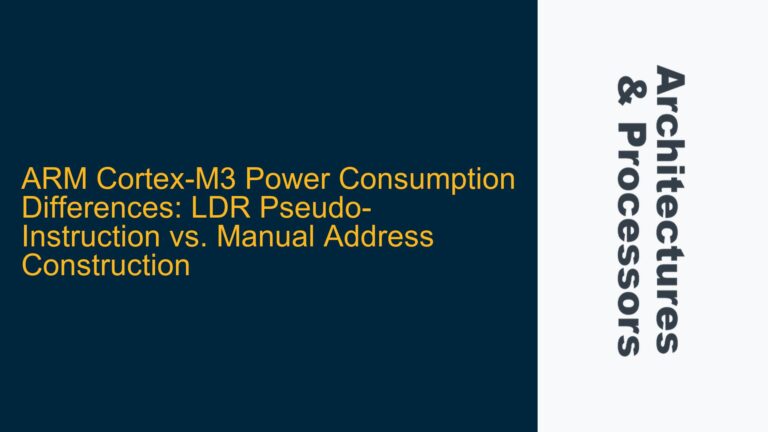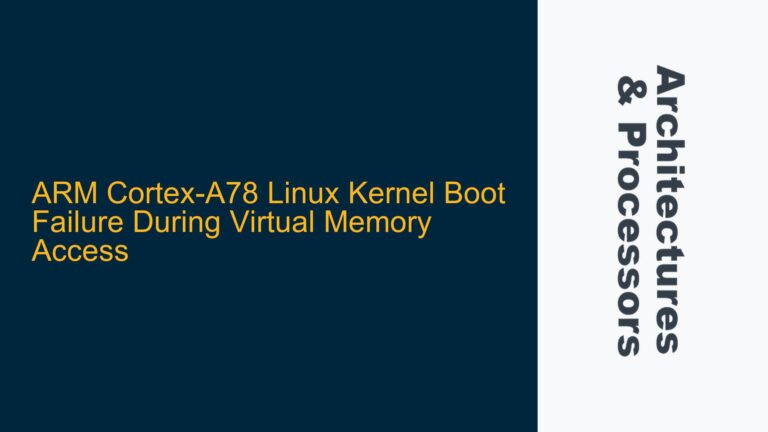AHB2APB Bridge Verification: Narrow Burst Transfers and Data Alignment Issues
AHB-to-APB Bridge Narrow Burst Transfer Behavior with HSIZE=0 The core issue revolves around the behavior of an AHB-to-APB bridge during narrow burst transfers, specifically when the AHB master initiates a read burst incremental transfer with HSIZE=0 (byte transfer) to an APB slave that is word-addressable. The AHB master expects byte-level granularity in its transactions, while…
